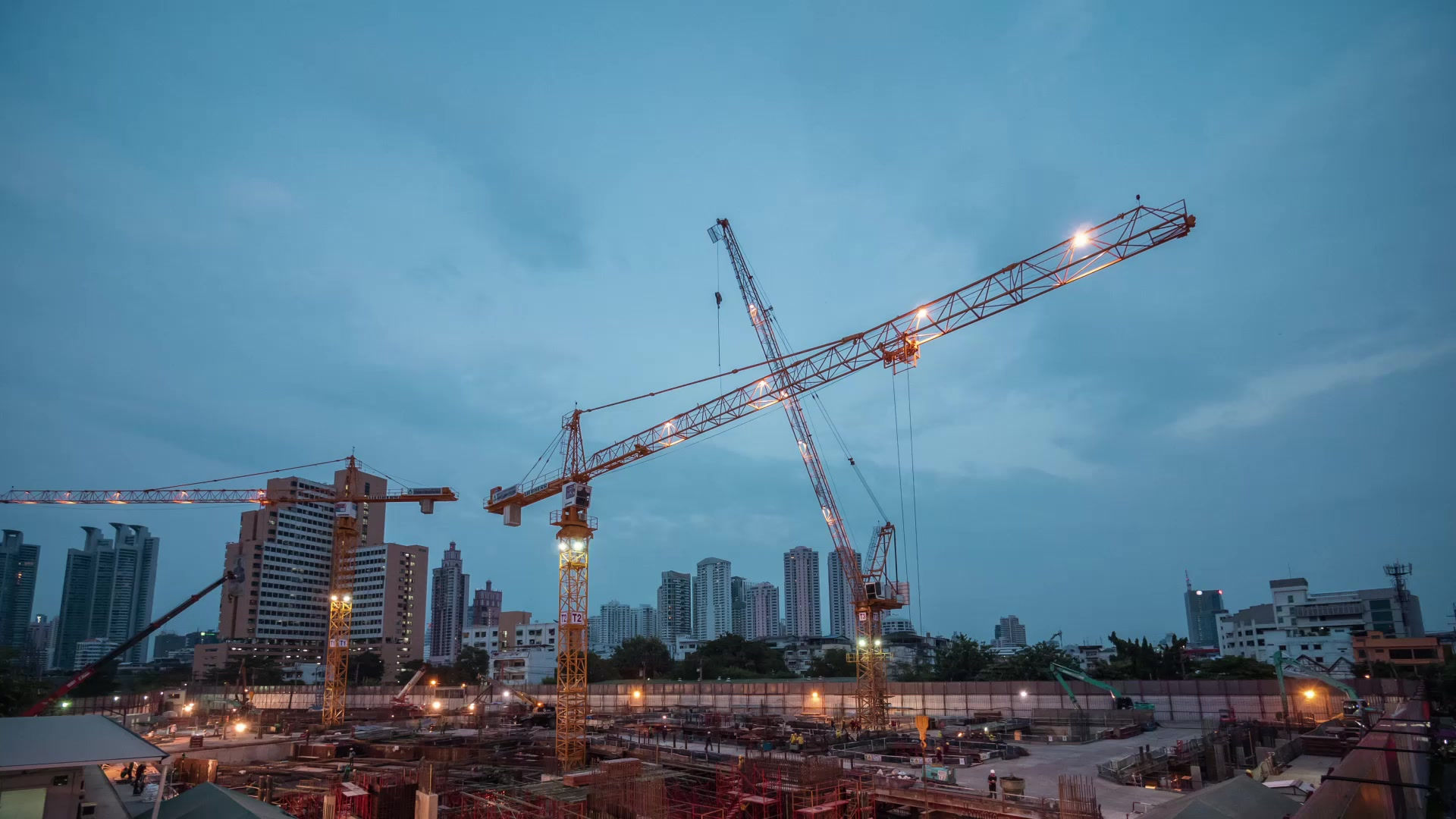

Construction Equipments
Regular inspection of construction equipment ensures optimal performance, prevents breakdowns, improves safety, and extends the lifespan of machinery, reducing downtime and costly repairs.

Regular inspections prevent mechanical failure, ensure accurate bends, and maintain worker safety by detecting wear in moving parts, electrical issues, or alignment problems.

Inspection prevents blade wear, ensuring clean cuts and avoiding material wastage. Detecting mechanical or electrical faults early reduces breakdowns and enhances operational safety.

Inspecting concrete buckets prevents spills or malfunctions caused by cracks or worn-out components. Regular checks ensure safe, efficient transport of concrete to work areas.

Routine inspection avoids boom failure, ensuring precise concrete placement. Early detection of hydraulic or structural issues prevents accidents and costly project delays.

Regular checks on concrete pumps ensure smooth flow, avoid blockages, and prevent hydraulic failures. Inspection ensures efficient operation and reduces risk of equipment downtime.

Inspection ensures cutting accuracy and detects wear on blades, ensuring smooth coring operations. Early detection of electrical or mechanical issues prevents accidents and delays.

Routine inspection ensures stability, preventing collapse or structural failure. Checking for corrosion, cracks, or overloading helps maintain safety during material handling.

Regular checks prevent material spills or dropping due to worn parts or structural failure. Inspecting for cracks, rust, or deformations ensures safe and efficient load handling.

Routine inspections ensure smooth plaster application, avoiding blockages or pump failure. Checking hoses and electrical systems improves operational efficiency and worker safety.

Inspecting spiral ring machines ensures accurate bends and coil formation. Detecting mechanical wear or misalignment early prevents production issues and ensures smooth operation.

Regular inspection prevents blade wear and motor failure, ensuring clean cuts and worker safety. Checking alignment and guarding mechanisms reduces accident risk and downtime.